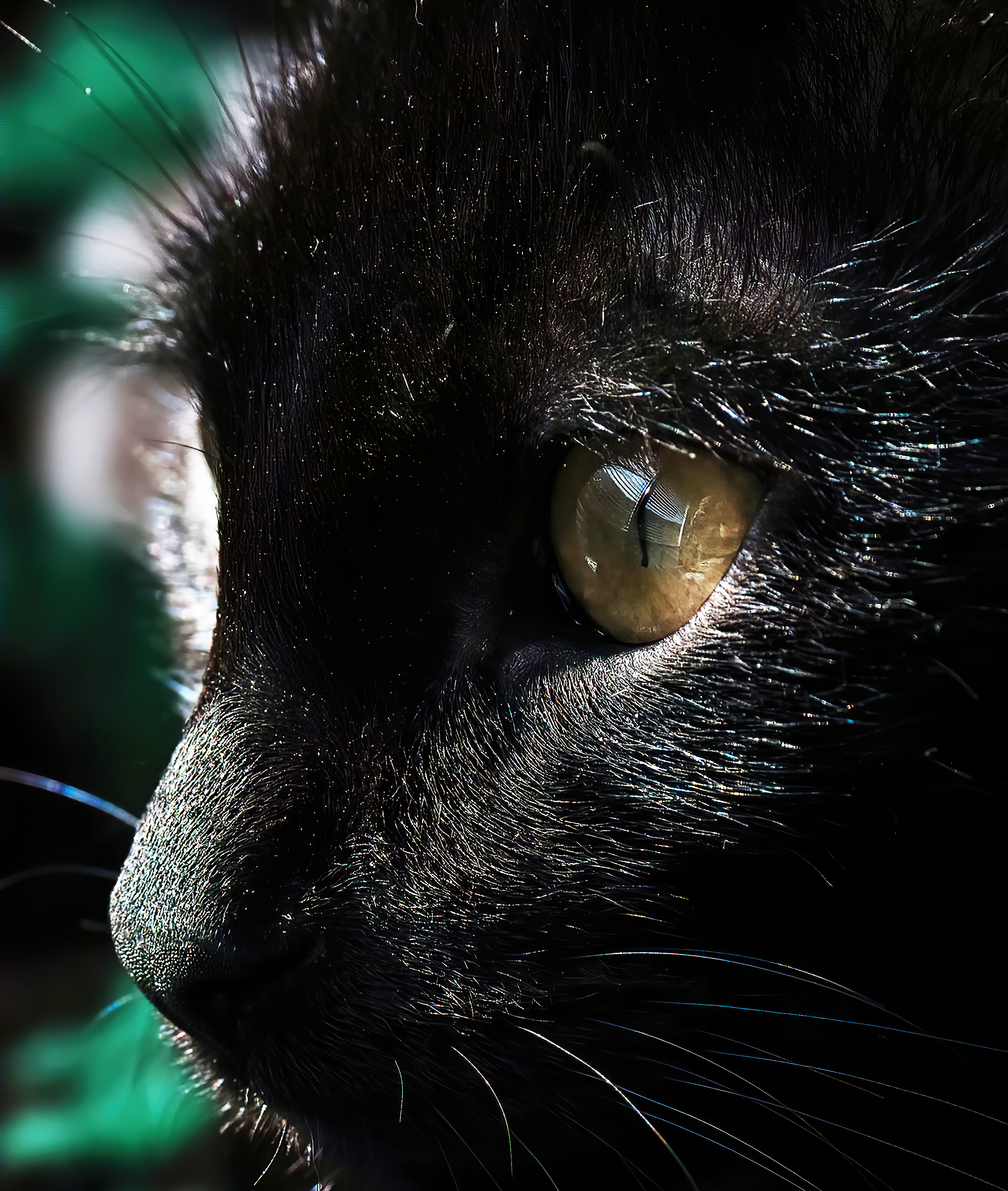O.D.: Let the lamp affix its beam.
As the pioneer photographer Lewis Carroll understood, when a lens approaches a reflective surface
the surface can fold vision back on itself and make the act of seeing a complement to the state of being seen. Under that condition
(O.S.), there may seem to be seen (for instance) an orbit filled with a globe. In that globe, let there be partially visible below its half-reflective surface an image of a camera held by a man seeing through its lens.
You can visualize that. “Let be be finale of seem,” says the lamplighted poem to you, calling your attention to its flashy display. But of all the elements in that display, the lens, of all things, can’t be used for seeing. As soon as it started sinking into the globe, it stopped being an apparatus to serve you and became part of globe’s image, in globe’s orbit. And there you cannot enter. You are out in the black, where the light of O.D. shines past but not into. Empirical confirmation: you couldn’t see the man in the act of his being until you had read these words instructing you what his reflection was supposed to seem to be.


